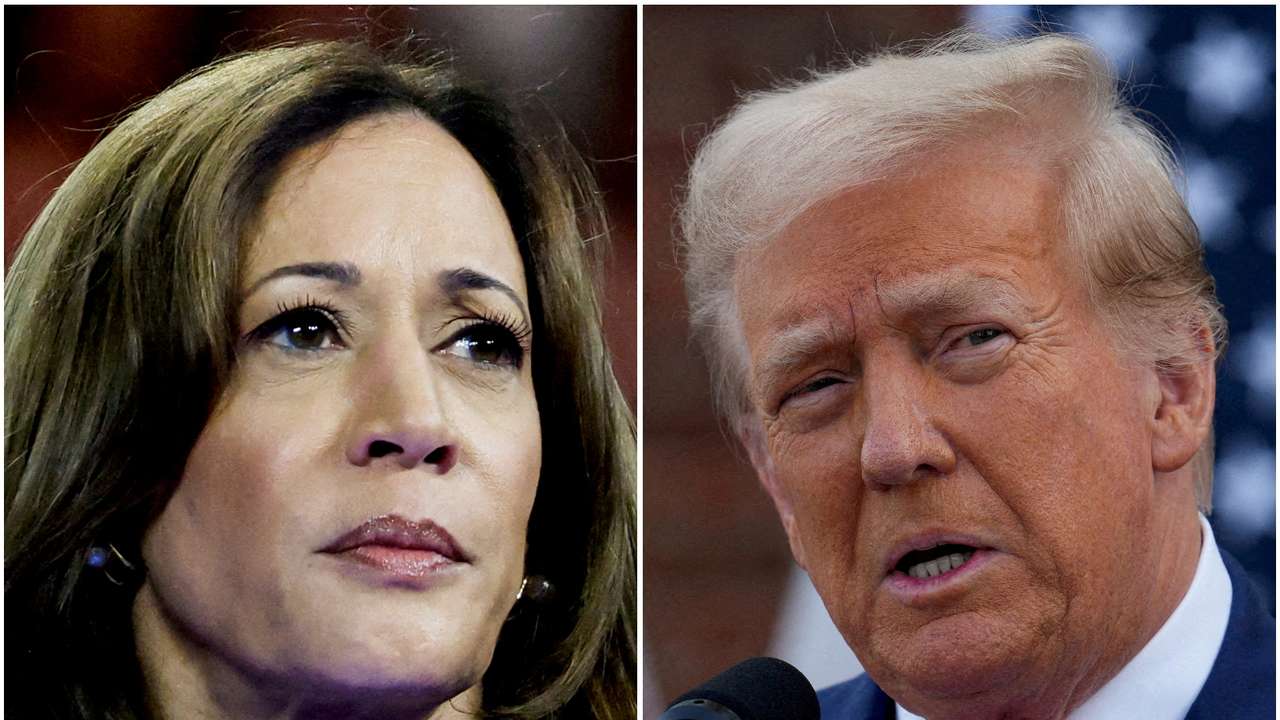Key facts and highlights as U.S. votes on Nov. 5: Kamala Harris or Donald Trump?

The United States is gearing up for Election Day on November 5, 2024. Following tradition, the election is held on the Tuesday after the first Monday in November.
Voting Process
Americans aged 18 and above are eligible to vote, and many have already done so. By October 30, over 52 million voters had cast ballots through early or mail-in voting. This trend aligns with 2020, when only 27% of voters went to the polls on Election Day, while the majority voted early or by mail. Additionally, U.S. citizens living abroad can participate by absentee ballot.
Nominees
The presidential race is led by two major party nominees. The Democratic candidate, 60-year-old Vice President Kamala Harris would make history as the first woman, the first Black woman, and the first Asian woman to serve as president. On the Republican side, 78-year-old former President Donald Trump is making another bid for office, aiming to be the oldest person to assume the presidency.
Independent Candidates
In many states, voters also have the option to support third-party or independent candidates, including Jill Stein (Green Party), Chase Oliver (Libertarian Party), Robert F. Kennedy Jr. (Independent), and Cornel West (Independent).
Congressional and Gubernatorial Election
Besides the presidential race, all 435 House of Representatives seats and 34 Senate seats are on the ballot. Eleven states will elect new governors, while thousands of other local, state, and federal positions are being contested.
Voter Registration
With more than 186 million Americans registered to vote as of September 2024, nearly 80% of eligible Americans are set to participate in this election cycle.
The Electoral College
The U.S. presidential election relies on the Electoral College system, where 538 electors—allocated by state based on population—ultimately select the president. A candidate needs 270 electoral votes to win. If no candidate reaches this threshold, the House of Representatives will decide the outcome.
Key Swing States
States with close partisan divides, often referred to as battlegrounds or swing states, include Arizona, Georgia, Michigan, Nevada, North Carolina, Pennsylvania, and Wisconsin. These states will be crucial in determining the final outcome.
Election Night Calls
In the U.S., news outlets project winners rather than a government agency. The Associated Press and major television networks consider vote tallies, exit polls, and historical data to “call” the race for a candidate.
Vote Counting
Vote counting may take several days or weeks. States are expected to certify results by December 11, and the 538 electors will convene on December 17 to cast their official votes. Certification in Congress is set for January 6, 2025.
Challenges and Disputes
Candidates have a limited window post-election to challenge results if needed, with dispute resolution possible at the local, state, or federal level, including the U.S. Supreme Court.
With just a day left until Election Day, all eyes are on the candidates and swing states as Americans decide their next president.